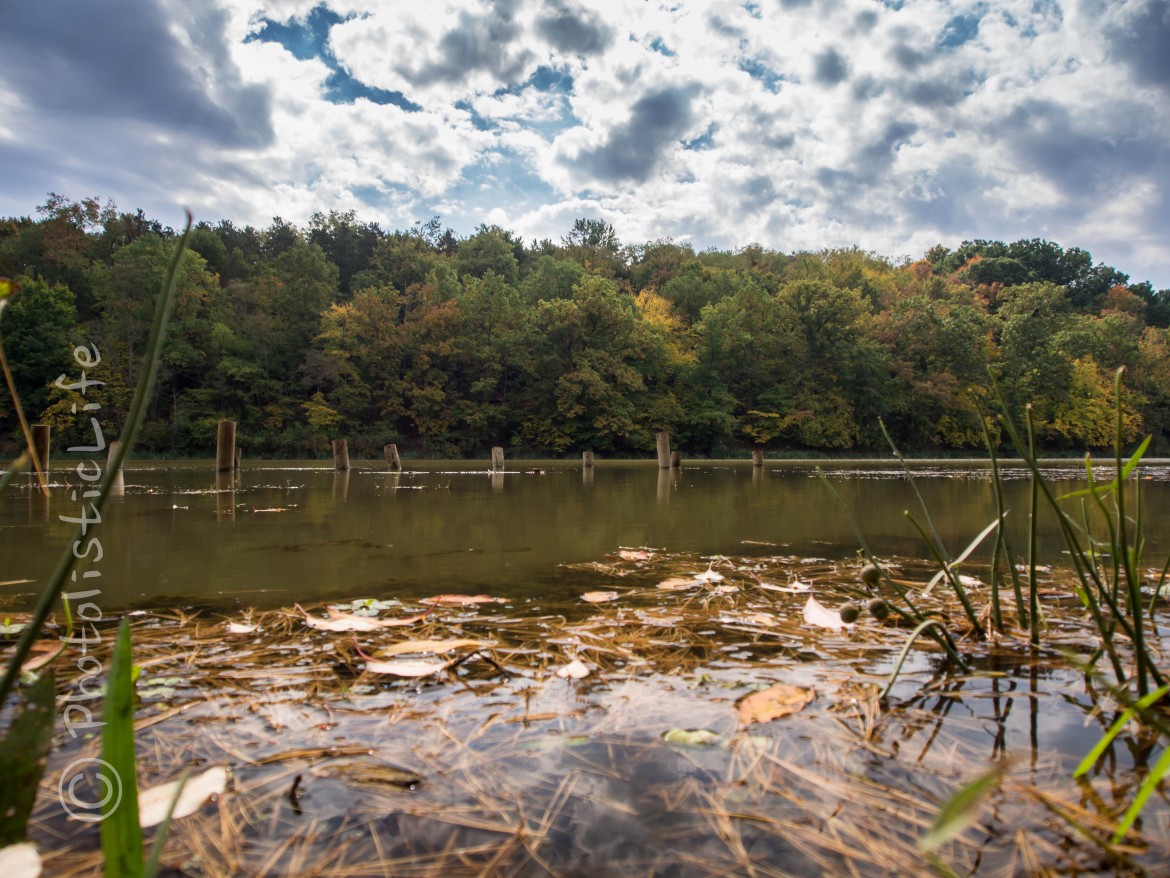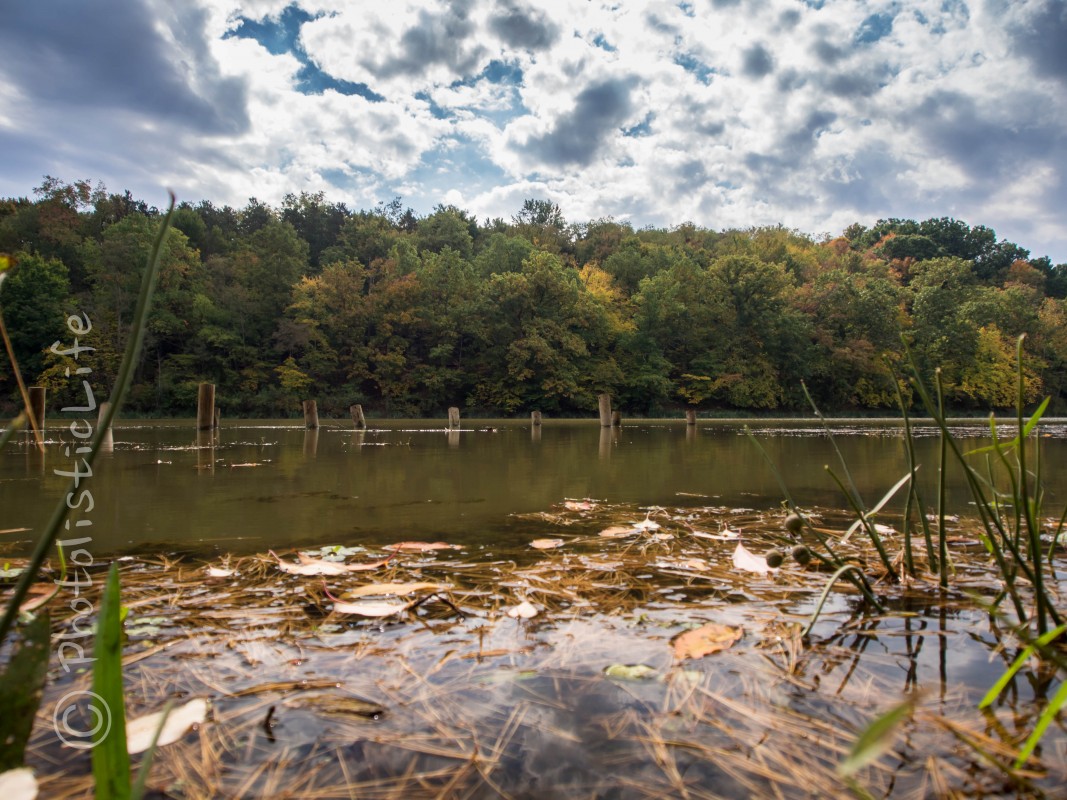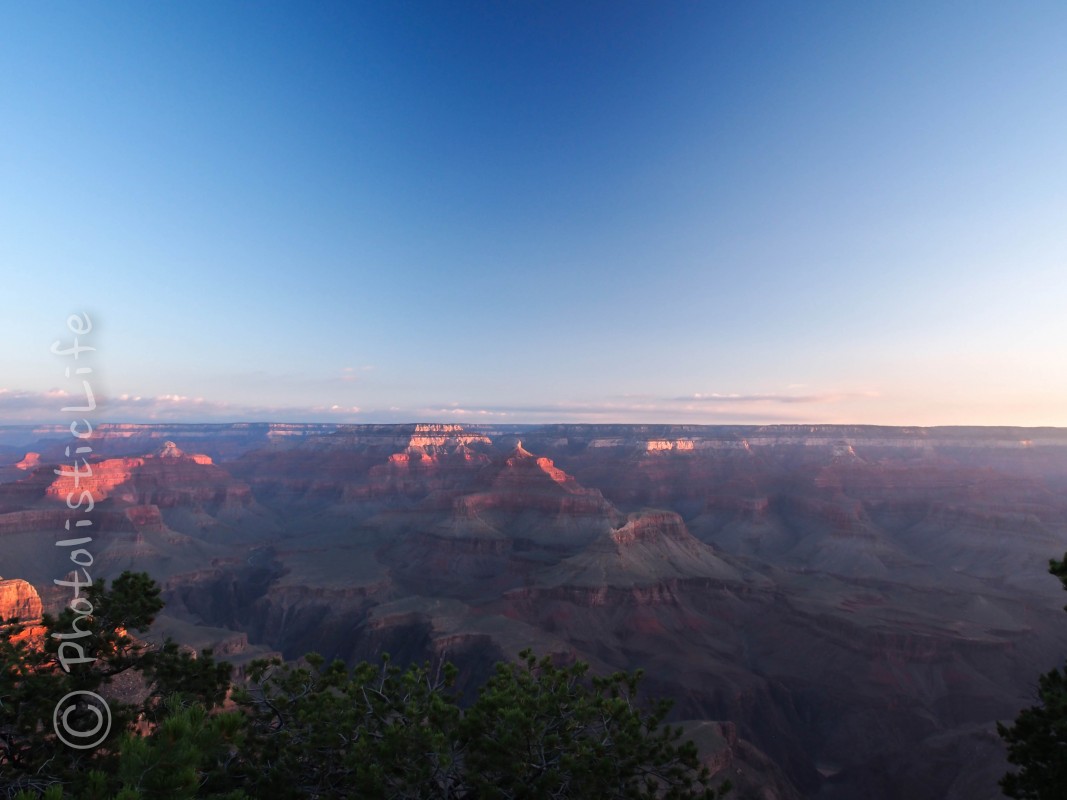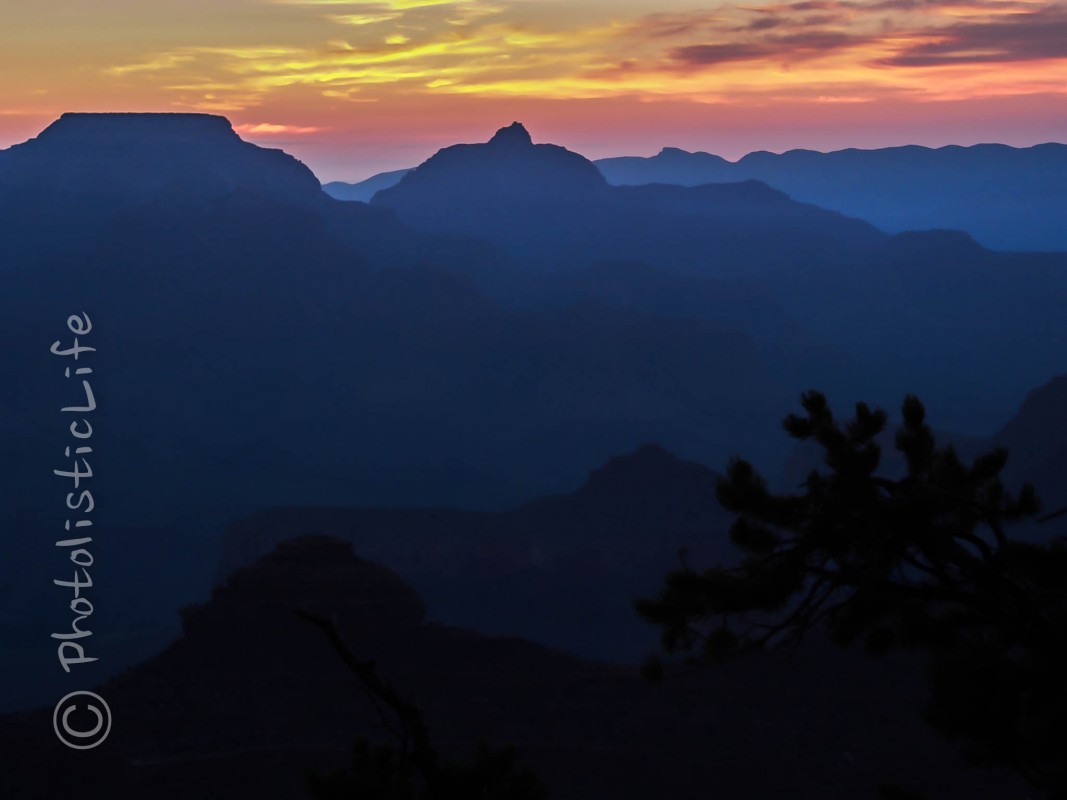Circular Polarizers
Which filter do you leave on your camera the most? You’d be surprised how many photographers would say the circular polarizer, it’s a staple in photography. If your first guess was UV filter then you’re half right, that’s a popular filter because filter manufacturers push it as a lens protection choice, but those of you in the know realize that the UV filter (any filter really) decreases the image quality no matter how expensive the filter is, so you use it only when needed. For more information on filters and their application read the Camera Lens Filter Guide. It’s important to know when to take off your circular polarizer filter when you’re photographing landscapes.
The shot above was taken with the 12mm f/2.0 on the Olympus OMD EM5 with a B+W Circular Polarizer, the 12mm is equivalent to a 24mm lens on a full frame camera (think Nikon D600). Notice something? The giant blue cone coming down from space? Ya, that was caused by the circular polarizer. With extremely wide-angle lenses and fish eye lenses your image covers a larger field of view therefore the circular polarizer can cause banding or blotching like you see above.
If you are just looking for a darker sky then I’d suggest either a graduated neutral density filter (B+W filter) or applying it in post processing. There is no substitute for a circular polarizer if your goal is to eliminate reflections in windows, on water, or to bring out deeper colors. If your lens is 24mm or less and you’re photographing landscapes you may want to consider leaving the circular polarizer in your camera bag.
Horizon
When you look out at the horizon do you see more sky or more land? Typically we see more land, we first focus at about 20-25 feet in front of us and then move up, unless we specifically want to look up at the sky. So why is it that if you went through your folder full of vacation pictures your photographs are most likely cut down the center with the horizon, fifty percent sky and fifty percent land/water? It’s not natural, we don’t see the world this way. This is one of the hardest mistakes to correct as a growing photographer, for some reason when you peep through the viewfinder it makes all the sense in the world to split the scene right down the center.
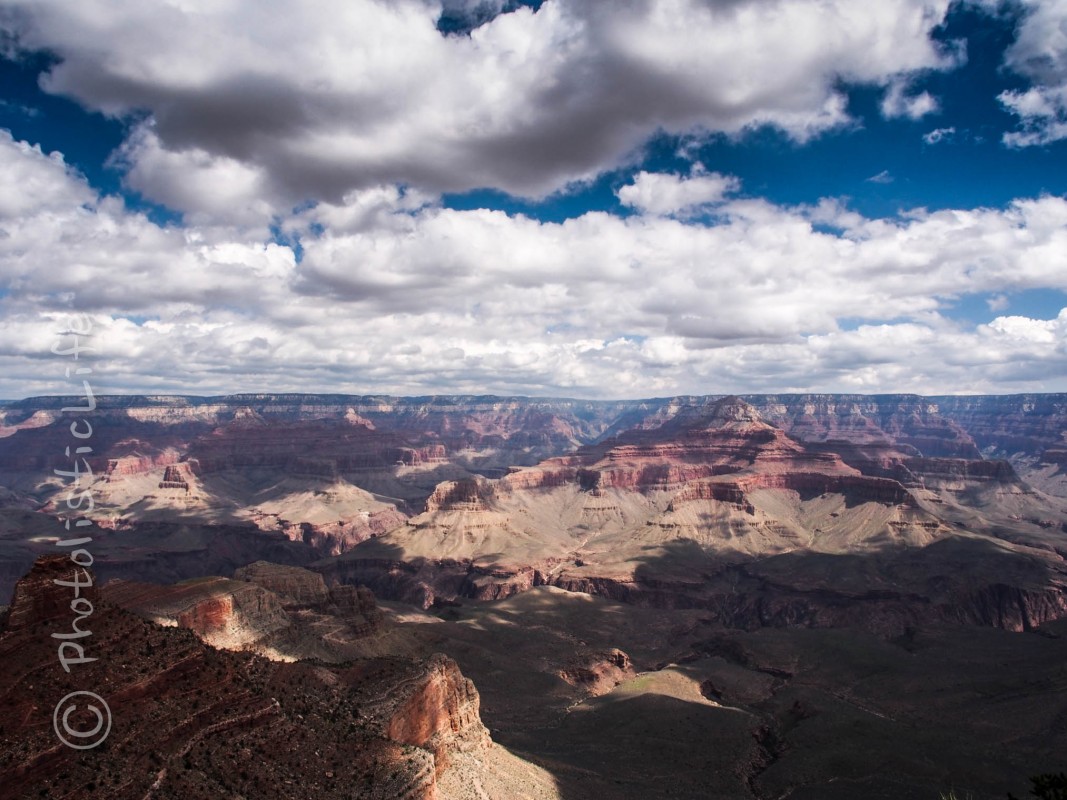
Next time you are photographing try to remember to keep the horizon either a third of the way from the top or a third of the way from the bottom. If you are photographing sunsets or rises and you want to emphasize the beautiful colors in the sky then you’ll make the sky three-quarters of the scene. This will also help your camera expose properly as well, it won’t be fighting to evenly expose a bright colorful sky with the dim landscape. If instead you’d like to properly expose the landscape with the golden hue cast on it by the rising or setting sun then you’ll want to make the sky only a third of the photograph and focus on the landscape. Readers Digest version: Pick what you’d like the viewer to focus on, the sky or the ground, and make that take up the majority of the scene.
Composition
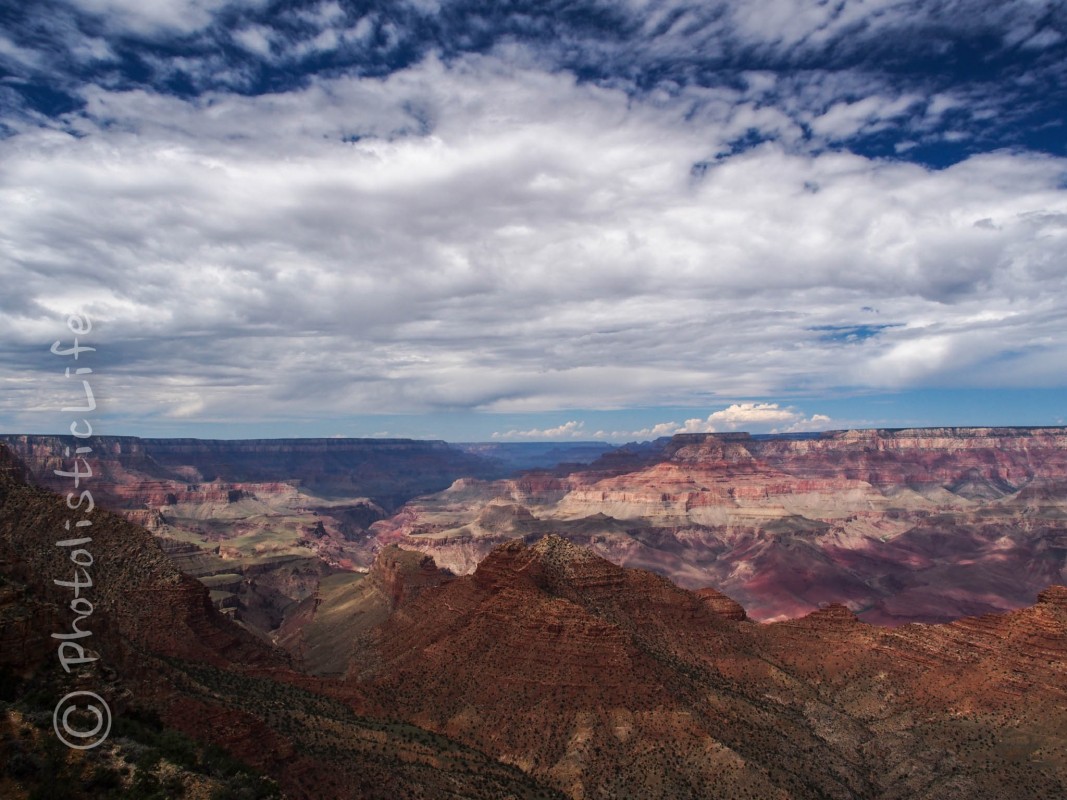
“What I mean is to not photograph like a tourist, remember that your camera is not a clown car and the landscape is not a bunch of clowns you’re tyring to fit into said car… more is not better.”
Alright, for the sake of not being redundant I’m gonna assume you remember what you just read above and not talk about where the horizon should be in your photograph. When thinking about the composition of your landscape photographs remember to not be a tourist. I know, it’s hard not to be a tourist when you’re a tourist right? What I mean is to not photograph like a tourist, remember that your camera is not a clown car and the landscape is not a bunch of clowns you’re trying to fit into said car… more is not better.
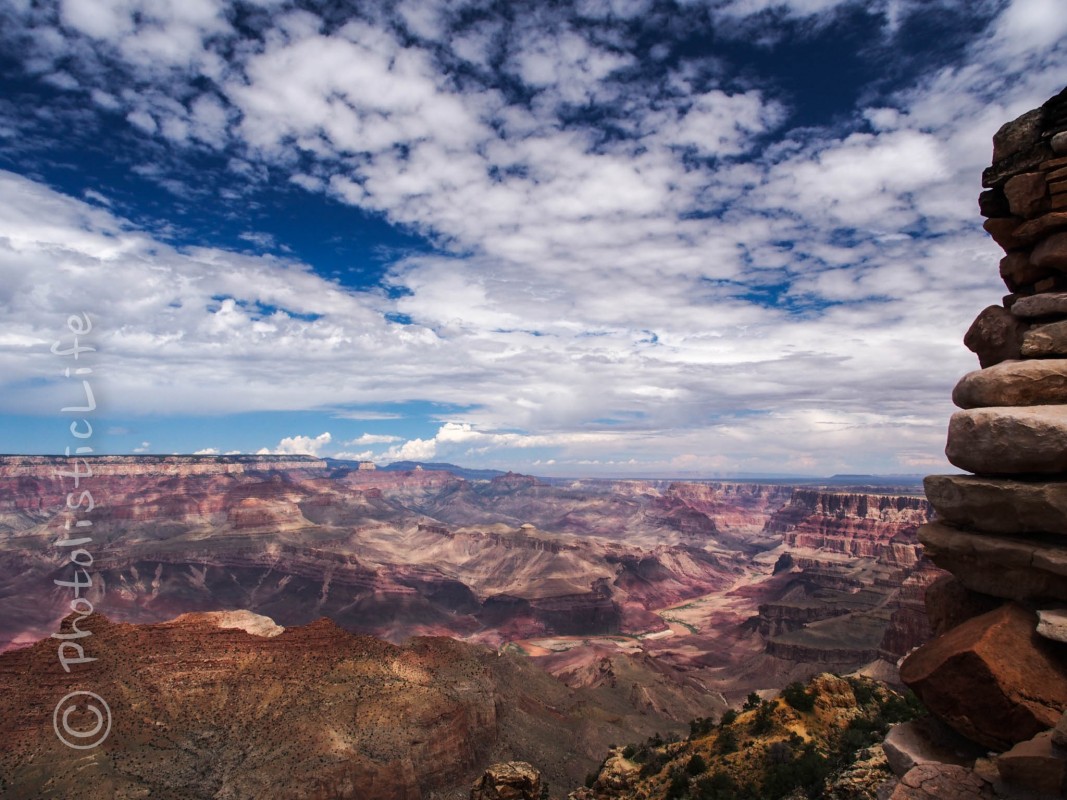
A great photograph and a tourist photograph can both preserve a memory but only one of them will do it in style. Only one of them will make people gasp in admiration as they flip through your awesome book of photos (as if you actually print your photographs and put them in books anymore, that’s so 2001). Try to frame your shots or use leading lines to give your “tourist” photographs some eye-catching composition.
Other Mistakes to watch for:
- Make sure your horizon doesn’t slant across the frame and give your viewers vertigo.
- Watch out for other tourists photo bombing you (walking into your frame as you snap the picture).
- Use a tripod, don’t assume because it’s sunny your shutter speed will make the photos sharp as a tac.
- Use foreground to give perspective.
- Use the rule of thirds.
- Look around you, sometimes we forget to turn around and there could be something unusual and interesting behind you.
- Get off the beaten path and look for new and different perspectives, shoot from the ground or from up in a tree.
Related Articles
Combining Lines, Edges, and Reflections in Photography
Photographing Unusual Places
Another Great Source for Photo Ideas – Photo Idea Index by Jim Krause
Where to Focus in Landscape Photography – Hyperfocal Distance
Landscape Photography How to

